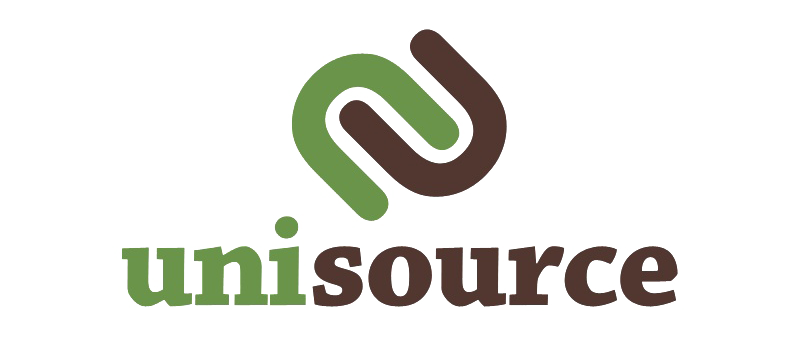
Compliance for Employers: Summary of Benefits and Coverage (SBC)
Required under the Affordable Care Act
When enrolling in or renewing major medical plans, health insurers and employers with self-insured group health plans are required to provide two key forms that will help consumers understand and evaluate their health insurance choices:
A short, easy-to-understand Summary of Benefits and Coverage (or “SBC”)
A Uniform Glossary that explains terms commonly used in health insurance coverage such as “deductible” and “co-payment”
Summary of Benefits and Coverage Provides Clear and Consistent Information
The Summary of Benefits and Coverage provides standardized information, allowing employers and employees to make apples-to-apples comparisons among plans, understand what is covered and what it costs. It summarizes the key features of the plan or coverage, such as the covered benefits, cost-sharing provisions, and coverage limitations and exceptions. The Summary of Benefits and Coverage will make it easier for employers to find the best coverage for their business and their employees by providing:
Information when shopping for coverage: In the past, marketing materials about a policy offered only a limited understanding of what was included in a plan. Now, employers will be able to receive information upfront, before they buy coverage, helping them to choose the coverage that best meets their needs.
Information when coverage is renewed: Employers will receive the Summary of Benefits and Coverage before each new plan or policy year so they can see how their coverage is changing before deciding whether to renew or reenroll in coverage.
Information when coverage changes: If there are any significant changes in coverage in the middle of the plan or policy year, health plans and insurers are required to notify their enrollees and policyholders at least 60 days before the changes take effect.
Information on demand: Whether shopping for health insurance or already enrolled in coverage, employers will be able to request the Summary of Benefits and Coverage at any time, and health plans will have to provide it within seven business days.
What will be provided?
Health insurers and self-insured group health plans must provide:
A four-page Benefit Summary (two-sided, 8 pages max, 12-point font) presented as a freestanding document or incorporated into other plan documents; must be placed prominently at the front of all plans so employees can make informed decisions
Information about covered benefits, cost sharing and exclusions
The specific form and instructions for completion provided in the regulations, which can be found at http://bit.ly/SBCForms
Coverage examples showing estimated customer costs based on each plan’s benefits for two medical scenarios
A prominently displayed website and phone number where individuals can get additional information
A standard Glossary document including definitions of common medical insurance terms
Information may be provided in either paper or electronic format but must comply with the Employee Retirement Income Security Act (ERISA) rules for electronic delivery
Who is responsible for providing this information?
Insurance providers are responsible for developing and packaging the Summary of Benefits and Coverage and the Uniform Glossary. Employers, in coordination with their insurance brokers and insurers, are responsible for ensuring employees obtain access to the information.
For fully insured plans and HMOs, the insurer and the employer are responsible for producing and distributing the summaries.
For self-insured plans, the employer is responsible for distributing summaries.
There is a penalty of $1,000 per enrollee for each failure to comply with the Summary of Benefits and Coverage guidelines.
For self-insured plans, the employer would pay the penalty
For insured employer plans, both the employer and the insurer are responsible but may enter into an agreement to provide the Summary of Benefits and Coverage to avoid unnecessary duplication
What can employers do to prepare?
Coordinate with your broker and/or insurance representative to avoid unnecessary duplication
Evaluate what health coverage plans you have
Decide who will handle your Summaries of Benefits and Coverage and tracking of distribution
Decide how you will dispense Summaries of Benefits and Coverage – if employees do not have regular access to a computer at work, you must get their consent to offer the materials electronically

